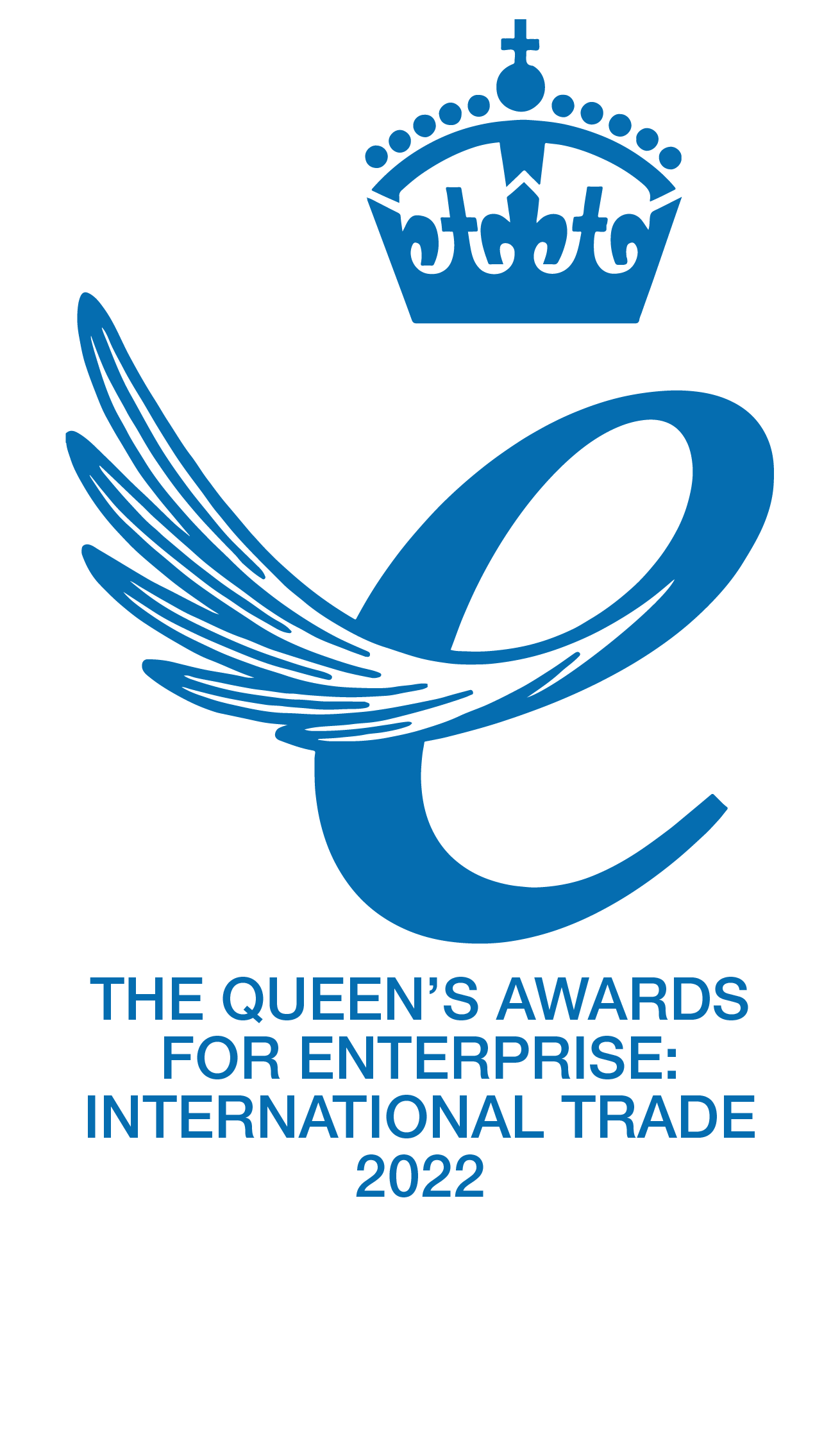Hatch Cover Tightness Testing
Hatch covers are essential for ships that prevent water from entering the cargo holds. They protect the vessel from flooding and keep the cargo safe during transport. However, if the hatch covers are not adequately maintained or sealed, they can become a significant source of water ingress, leading to severe consequences. Therefore, it’s essential to test a hatch cover’s tightness regularly. In this article, we’ll discuss the methods and procedures for testing the tightness of a hatch cover.
Why Test the Tightness of a Hatch Cover?
A hatch cover that is not tight can result in serious problems. If water enters the cargo hold, it can damage the cargo and, in some cases, lead to the ship’s sinking. Even a tiny amount of water ingress can result in expensive cargo damage and delays. Therefore, ensure the hatch covers are tight before the ship leaves the port.
Before testing the tightness of the hatch cover, it’s essential to perform a visual inspection. This inspection helps identify any potential problems with the cover, such as cracks, deformations, or missing parts. It’s important to fix these issues before proceeding with the tightness test.
The hose test is one of the most common methods used to test the tightness of a hatch cover. The hatch cover is closed to perform this test, and the edges are sealed with rubber gaskets. A hose is then sprayed onto the hatch cover at a pressure of at least 0.2 MPa. The water is sprayed for 15 minutes, and any leaks are identified by visual inspection.
An ultrasonic test is a non-destructive method that detects leaks in hatch covers. This method uses high-frequency sound waves that are transmitted through the hatch cover. The sound waves are reflected to a receiver, which detects any changes in the sound pattern. If there is a leak, the sound waves will be altered, indicating the leak’s location.
The chalk test is a simple and effective method for testing the tightness of a hatch cover. The hatch cover is closed to perform this test, and chalk is placed on the rubber gasket. The hatch cover is then pressed down, and any gaps in the gasket will result in the chalk being rubbed off. If the chalk is rubbed off evenly, it indicates that the hatch cover is tight.
Importance of Tightness Testing
The tightness of a hatch cover is crucial for the safety and efficiency of a ship’s operation. Regular testing and maintenance of the hatch covers can prevent costly cargo damage and ensure the crew’s safety. The hose test, ultrasonic test, and chalk test are all effective methods for testing the tightness of a hatch cover, and they should be conducted regularly to ensure the proper functioning of the hatch cover.
For More Information, Contact Coltraco Ultrasonics Today
After learning more about how to test the tightness of a hatch cover, it’s clear that this process is vital for preserving ship safety and cargo hold security. Each procedure step should be followed precisely to ensure proper coverage, diagnostics, and measurements.
Hatch covers aren’t just necessary for carrying cargo; they protect the lives of everyone aboard by helping keep potential threats at bay. For anyone needing accurate testing methods for their vessels’ hatch covers, Coltraco Ultrasonics provides extensive experience and quality solutions in this area.
We can also provide any instrumentation or advice needed to assess and maintain maritime port-related configurations.
Contact us today to learn more about how we can help keep your vessel safe and secure.






